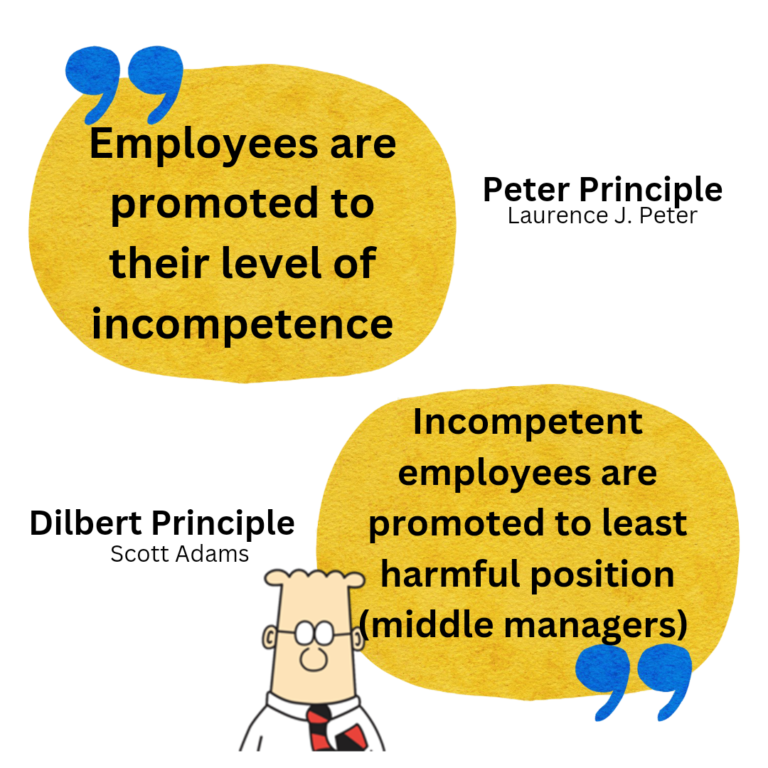Why Teachers Should “Apply to Stay”

The podcast "Game of Impossible" emphasizes the importance of regularly applying for new jobs to assess market value, applicable even for teachers. This process encourages skill improvement and innovation in teaching. By embracing opportunities, staying humble after setbacks, and engaging in professional growth cycles, educators can enhance their craft and benefit their students.




